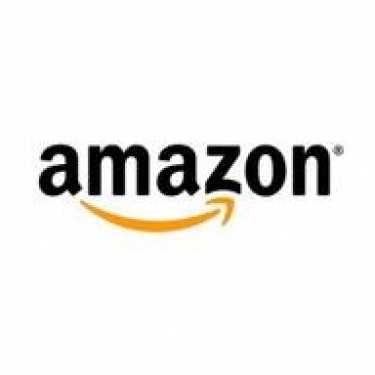Don’t get me wrong. I’m a big fan of Amazon.com, Inc. (NASDAQ:AMZN) . As a loyal Prime member, I have ordered everything from water filters to a new TV set over the years from the company. And I’m obviously not alone. Amazon just closed the books on a $61 billion sales year.
I’ll also admit that it’s hard to complain about a $100 billion business that can routinely boost revenue by more than 20%. Long-term shareholders have been rewarded well. They’ve seen their stock rocket by 1,000% in 10 years. It’s clear that Amazon must be doing a lot of things right.
Still, when I review Amazon’s press releases, hunt through the company’s annual report, or listen to its earnings conference calls, I’m always struck with just how little Amazon shares about its business. Here are five of the biggest question marks.

Amazon Web Services revenue: Amazon’s executives have huge plans for the company’s cloud services. The head of the division recently told The Telegraph, “At the highest levels of this company, we believe that it’s quite possible that AWS ends up being the largest business in Amazon. We believe [that] passionately.” But if it’s such a key strategic priority, why not clue investors in as to how well it’s going with some detailed sales figures? Inquiring owners want to know.
Prime subscribers stats: The subscription-based retailing model can be very profitable. Costco Wholesale Corporation (NASDAQ:COST), for example, collected $511 million in subscription fees from its 68 million members last quarter. And those dues allowed the company to sell products at a tiny markup, which in turn keeps members coming back for more. We know just how happy Costco’s customers were because 86% of them renewed their membership. Amazon, on the other hand, charges a yearly subscription fee for unlimited free shipping on millions of products through Prime, and also attracts customers through razor-thin profit margins. How many Prime members are there, and how often do they renew? We don’t know.
Streaming content spending: Netflix, Inc. (NASDAQ:NFLX) spends $2 billion a year on digital streaming content rights. And as its biggest competitor, who has been busy bulking up its own content library, Amazon could be forking out around $1 billion, or much more. While that’s small potatoes compared to the retailer’s revenue, Amazon’s operating income was just $700 million last year. A billion here or there really matters to its bottom line.
Detailed sales figures: Best Buy Co., Inc. (NYSE:BBY) reports its sales in (count ’em) six categories: consumer electronics, computing and phones, entertainment, appliances, services, and other. Reviewing that list, an investor can see that the retailer’s electronics sales fell hard last quarter, while appliances and phones picked up some of the slack. And yet Amazon, the world’s biggest e-tailer, splits its $61 billion of sales reporting into just three segments (media, stuff, and other stuff):

Source: Amazon’s 10-K filing.
Blast from the past
CEO Jeff Bezos made a simple promise in his 1997 letter to shareholders (and in every annual report since). He said: “We will share our strategic thought processes with you when we make bold choices (to the extent competitive pressures allow), so that you may evaluate for yourselves whether we are making rational long-term leadership investments.”
It’s true that competitive pressures are still around, just like they were back in 1997. And you could argue that some of these mysteries exist to keep rivals, not investors, in the dark. But competitive pressures should be balanced against the goal of having informed shareholders, who are treated like the business partners they are.
Amazon’s shares are trading for just under twice last year’s sales figure. That’s well more than Costco’s and Wal-Mart Stores, Inc. (NYSE:WMT)‘s multiples, which are roughly 0.5 times sales. But Amazon has a lot more going for it than just physical retailing. Its sales multiple looks cheap compared to the ones that Apple and eBay Inc (NASDAQ:EBAY) are fetching now. Is two times sales a fair price to pay given all the strengths and risks in Amazon’s business? I don’t know.
The article 5 Things You Don’t Know About Amazon originally appeared on Fool.com and is written by Demitrios Kalogeropoulos.
Fool contributor Demitrios Kalogeropoulos owns shares of Apple, Netflix, and Costco Wholesale (NASDAQ:COST). The Motley Fool recommends Amazon.com, Apple, Costco Wholesale, and Netflix. The Motley Fool owns shares of Amazon.com, Apple, Costco Wholesale, and Netflix.
Copyright © 1995 – 2013 The Motley Fool, LLC. All rights reserved. The Motley Fool has a disclosure policy.



